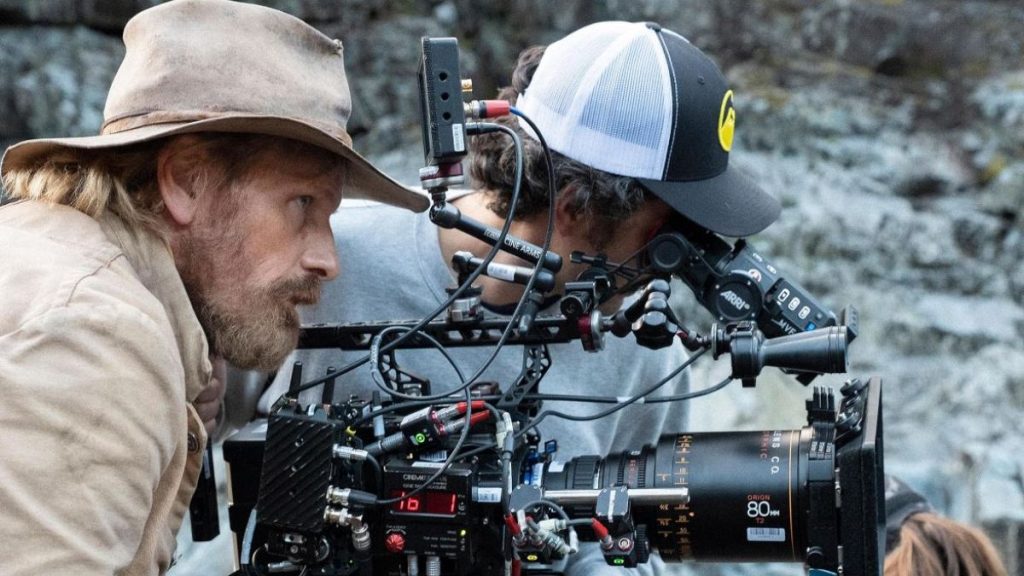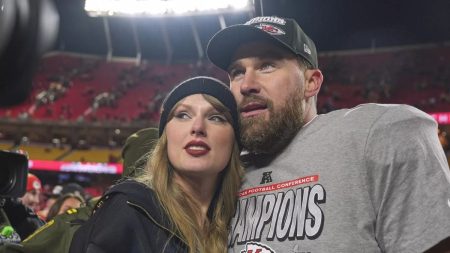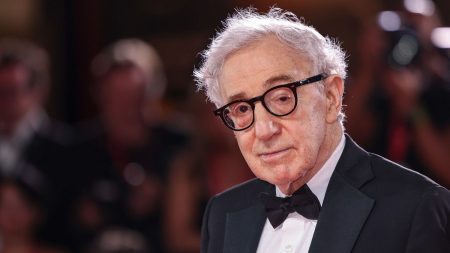Viggo Mortensen, the celebrated Danish-American actor known for his compelling performances, particularly in “The Lord of the Rings” trilogy, has successfully transitioned to directing with his second feature film, “The Dead Don’t Hurt.” Initially stepping behind the camera with his first film, “Falling,” in 2020, Mortensen stands out not only for his acting prowess but also for his multifaceted contributions to cinema as he takes on writing, producing, and composing music for this new project. He explores the creative processes derived from his extensive experience in front of the lens, discussing how observing seasoned directors throughout his career shaped his approach to directing.
Reflecting on nearly 40 years in the industry, Mortensen emphasizes the invaluable lessons learned from watching various directors communicate effectively with their teams. His insights stem from earlier collaborations with iconic filmmakers like David Cronenberg, Jane Campion, and Ana Piterbarg, from whom he gleaned knowledge on storytelling and film production. Mortensen acknowledges starting his directing career later than he desired, but he sees this delay as beneficial, allowing him to accumulate a wealth of experience before taking on the dual responsibilities of actor-director. As he continues to hone his craft, he relishes the balance that comes from leveraging his past experiences while avoiding common pitfalls in filmmaking.
In “The Dead Don’t Hurt,” Mortensen not only acts but also directs, which adds complexity to his workload. The film revolves around a poignant love story set in the stark and often brutal environment of the Old West. Mortensen plays Olsen, a Danish immigrant and sheriff grappling with the aftermath of burying his beloved, Vivienne, portrayed by Vicky Krieps. The narrative intricately weaves together elements of love and loss while exploring themes of injustice and moral failure as Olsen grapples with corruption in his community. Mortensen conveys that managing both acting and directing is a demanding endeavor, requiring an efficient workflow that occasionally might unbalance the traditional roles on a film set.
The film’s story unfolds as Olsen confronts the consequences of letting an innocent man be wrongfully condemned while he struggles with personal grief and the haunting memories of his relationship with Vivienne. Their love story is revealed through poignant flashbacks that depict their initial romance and the tribulations that ensue during his absence due to the Civil War. The complexity of their relationship is set against a backdrop of hostility, particularly from the antagonist Weston Jeffries. Mortensen highlights the film’s emotional depth as it explores the impact of love on human experience while delivering a stark commentary on rage and vengeance that accompanies tragic narratives.
Mortensen’s admiration for his co-star Krieps is evident as he advocates for her perspective in the film to be recognized, especially within the context of independent cinema, which he notes often goes unacknowledged in major awards. He expresses his belief in her talent while lamenting the Academy’s focus on mainstream works instead of valuing the artistic contributions of independent films. This sentiment underscores Mortensen’s dedication to cinema that prioritizes emotional resonance and unique narratives over mainstream appeal.
As film enthusiasts continue to engage with projects like “The Dead Don’t Hurt,” Mortensen acknowledges the cyclical nature of the Western genre, which continues to capture the imagination of audiences long after its golden era. He reflects on the profound influence of classic Western films from his youth, which have shaped his artistic sensibilities and storytelling techniques. Such reflections tie back to his overall approach as an actor and director, merging tradition with contemporary narratives to create a film that resonates on multiple levels, inviting viewers to explore themes of love, loss, and moral accountability against the rugged backdrop of the American West. Through Mortensen’s journey from actor to director, he exemplifies the depth and richness that complex storytelling brings to the cinematic landscape.














